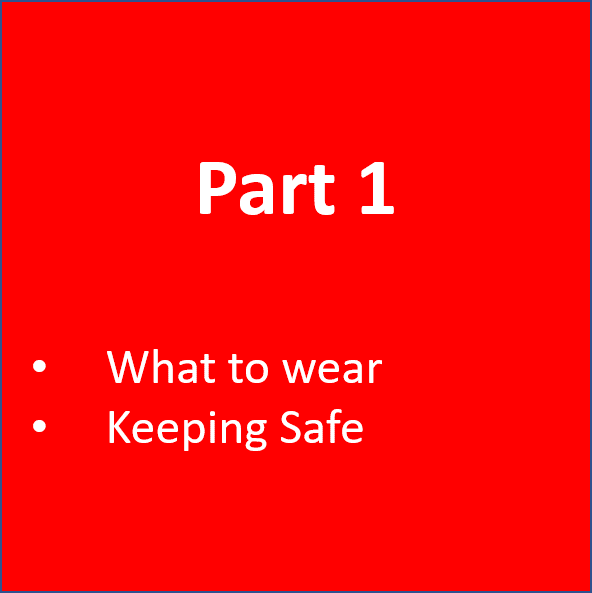Volunteer’s area – Safety
Videos, training links and fun to help you learn all about Diamond!
Part one
Being Safe Around Horses
- To approach a horse, walk towards the shoulder, not head or from behind, no running!
- Talk on approach so they aren’t startled
- Scratch shoulder or neck releasing good feeling endorphins
- Tie up when grooming, tacking up etc
- Stay in control, be firm but gentle and kind
- Be aware of a horses body language
Remember RDA horses are still animals not machines
Being Safe Volunteering
- Concentrate on your horse and rider
- Please chat during breaks, not in the lessons
- Horses will pick up on your emotions, try to stay calm and confident
- Listen – in lessons and on the yard – staff may see danger before you
- You will be given a green card when you start volunteering where you will get signed off to do various tasks, remember to get these signed off as you go and only do what you feel safe doing – if you feel tired, ill, unsure – tell us
Mobiles
- Remember to switch your mobile to silent or vibrate
- Only use your mobile when off the yard and not in the schools
- Never check your mobile while leading, swap if necessary
What to wear and what to avoid

Part two
Fire Safety and Emergencies
Fire
- Stay calm, raise alarm, dial 999
If ride is in progress
- Pull in all riders on to the centre line
- Staff will come to assist dismounting
- Meet by the fire point (in the car park) as soon as possible
- Staff will deal with horses
- Staff will need to check all people are safe before we can evacuate horses
In case of emergency i.e. loose horse
- Coach will instruct on the best course of action
Part three
Reading your horse
- Horses can have good/bad days, feel excited, raring to go or ill, tired, lazy
- Try to be aware of the mood of the horse you are handling
- Happy horses tend to be relaxed but engaged, the head will be steady, eyes open, but unfocused, one leg maybe resting & the tail should be relaxed with some casual movement
- A resting horses head will be down, the ears will be at “half-mast” and floppy, the eyes droopy, the muzzle slack, legs inactive and the tail low and still
- An angry horses neck will be outstretched and “snaky”. Ears will be pinned, eyes closed to slits, muzzle tense and pursed. Legs stomping, striking, kicking. Tail swishing
Horse Blind Spots

This diagram shows a horses “blind spots” in front of his face and then behind. This is why horses can be startled if you approach them quietly in either directly to the head or from behind.
Horse Senses
Horse’s senses are more highly developed and more nuanced than those of a human.
Historically, horses were hunted by other animals, and despite this and being a grazing eater they have managed to survive.
They have good eyesight and a wide range of vision, exceptional hearing, the ability to discern the slightest odour of a predator on the breeze, and the ability to discern the edibility of a plant by a touch of the muzzle all contributed to their survival in the wilds.

Horses Natural Instincts
Horses left in their natural state would live in a herd. They would stay together finding food and water. Rolling would help to remove loose hair, while mud and grease would act as a protective barrier against bad weather.
Although horses tend to be sociable, all herds have a pecking order. If they feel threatened by a higher ranking horse or a horse they haven’t met before their natural reaction could be to kick.

Contact us!
020 8643 7764
The Diamond Centre for Disabled Riders
Woodmansterne Road,
Carshalton, Surrey, SM5 4DT
https://what3words.com/modest.cheese.basket
(please note, if you are travelling to us we are in the LEZ & new ULEZ zone)
Other important info....
Registered charity number: 1045970.
The London Borough of Sutton, Animal Activity License, Hiring out horses, Licence Number: 22/00380/RIDE





